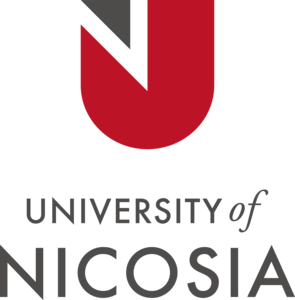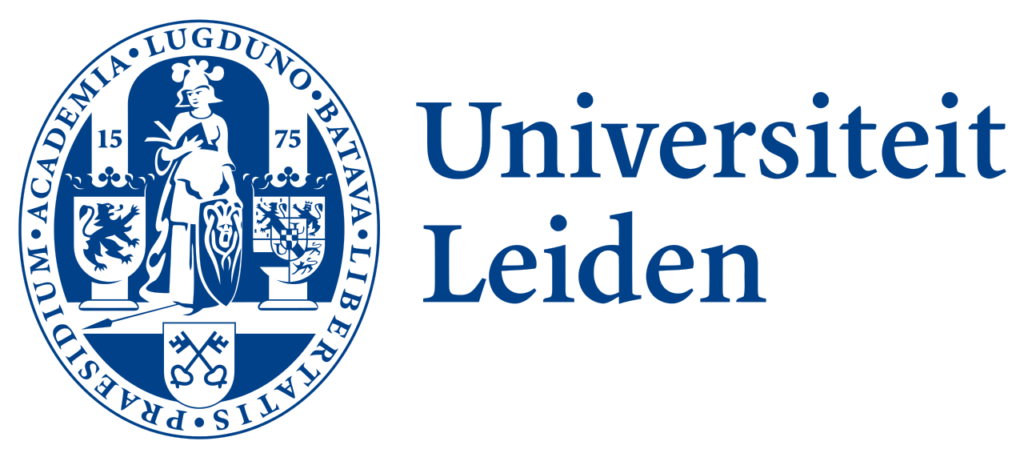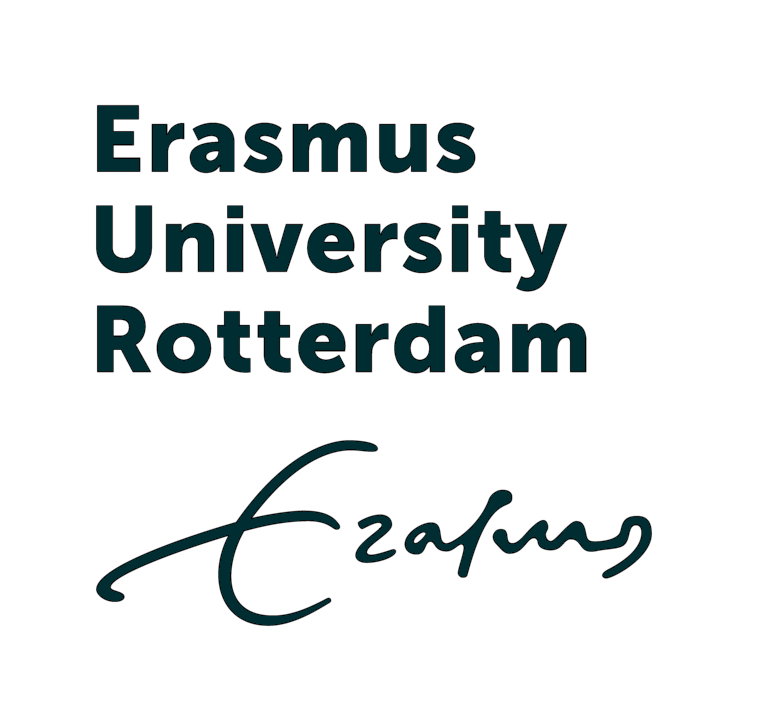EU Master’s: 3 Reasons to Get Your Master’s in Europe
Did you know that there are thousands of graduate school programs in Europe that cost a lot less than US grad school tuition? In 2015, I stumbled on the existence of English-taught full degree programs held at European universities. My kids were teenagers and I had a number of concerns about higher education in the US-from ever increasing cost to opaque admissions process to varying quality- so I decided to explore whether to keep this possibility on our radar. Prior to this, I assumed that an international student would have to know a foreign language to study in Europe.
I certainly had no idea that, in non-Anglophone countries in Europe, there are over 870 accredited universities offering more than 8,200 full master’s degree programs conducted entirely in English, so no foreign language skills are needed. Everything from the courses to the readings to the assignments are in English, plus English is widely spoken as a second language in many of these countries.
The cost savings alone made me realize that many other families would also be interested in learning more. I spent a year researching, visiting schools in Europe, meeting with administrators and talking to American students who were already studying in Europe in order to start Beyond the States. Until now, we’ve focused on helping families learn about and navigate the European bachelor’s degree options. As I’ve visited schools, I’ve learned more and more about the incredible master’s degree programs and, by popular demand, we offer resources around these options as well.
Interested in learning why so many Americans are excited about getting their master’s degree in Europe?
1) Lower Cost of Master’s Degree Programs
According to FinAid.org, the average cost for master’s degree programs in the US ranges from $30,000 – $120,000, which depends on whether a student is paying in-statue tuition, out of state, or private tuition. Given that the average student completes their bachelor’s degree with $34,00 – 58,000 of debt, taking on the expense of graduate school can be financially devastating, especially if, as most do, master’s students also carry debt from their bachelor’s degree.
English-taught master’s degree programs in Europe are much more affordable. Their average tuition for the more than 8,000 English-taught master’s programs is at $9,000 per year. That average includes the higher priced programs, like MBAs, so it is significant to note that there are over 841 options under $2,500 per year and more than 900 that are tuition free-even for international students.
There’s a false perception that the cost of living in Europe is much greater than in the US, and that cost of living, along with increased travel expenses, erase the savings provided by lower tuition. Let’s look at a couple of comparisons around this. My son, Sam, started his studies in the International Studies bachelor’s program at Leiden University. Students in this program choose a region and related language and then study politics, economics, international relations, culture and such as it pertains to that area. For the sake of this example, we will look at related master’s degrees in Europe and compare them to the costs of attendance in our own state of North Carolina.
UNC Chapel Hill offers a master’s degree in Global Studies. In state tuition is $10,552 per year while out of state students pay $28,844 in tuition a year. Duke University offers a Political Science master’s degree program for $86,497 per year. Both of these programs take two years to complete. The cost of living in Durham and Chapel Hill is similar, estimated by the schools to cost about $2,000 per month, so $18,000 for an academic year thus, the total cost of attendance for in state at UNC Chapel Hill is $57,104, out-of-state is 93,688, and private is $208,994.
Five years ago, those numbers would have seemed normal to me….Now though, they do not. I know that there are other options. Groningen University, in the Netherlands, is one of many universities that offers one year master’s degree programs, and has a Middle Eastern Studies master’s program. The tuition is $20,867 and cost of living estimates are around $12,000. The total cost of attendance is $32,867. Even budgeting for two flights home during the year, it’s still half of what we would pay overall for in state, a third of what we would pay for out of state, and just over a tenth of what we would pay for private US universities.
There are also countries with a much lower cost of living to explore. Charles University, in Prague, Czech Republic, offers a two year International Relations program for $6,487 per year. The estimated cost of living for the year is even lower than tuition at around $6,000. The entire two year degree, then, is $24,974. Note that both of these schools are highly reputable, globally ranked universities.
Even factoring in the cost of living and 2 flights home per year, we would be saving a mind-blowing amount of money, just using these examples!
2) Employability After Master’s Degree Programs
I’m often asked if the degree will be “good” here in the US. First of all, all the programs we list are fully accredited and the degrees are internationally recognized. Usually, this question pertains to employment though. Good news on that front! A recent study by the Institute of International Education found that studying abroad for longer periods of time has a high impact on job offers, as well as job advancement.
The experience of living outside of one’s home country help students gain the soft skills that employers are looking for-and find lacking in US graduates. Students who have studied outside of their home country are immersed in a different culture and cultivate awareness of and appreciation for cultural differences. The emphasis on group work in European schools gives students the opportunity to work with people from a variety of backgrounds and perspectives. These graduates are often flexible, adaptable, and experienced in navigating unfamiliar circumstances, all of which are the soft skills that lead to success in the workplace.
FREE INSIDER’S GUIDE

Top 5 English-Taught Colleges in Europe
Kickstart you education abroad with a powerful degree taught entirely in English, all without taking on any student loans!
Multinational companies recognize the skills that these students bring, and even partner with many of the European universities to recruit students and/or offer opportunities for hands on experience during studies. These companies include Google, BP, JP Morgan, Accenture, Deloitte, Cisco and many more. There are a number of countries that offer English-taught programs as a way to address their labor shortage. Denmark, for instance, focuses their English taught programs on the employment needs of their country so international students have many opportunities for employment after graduating.
3) Life Changing International Experiences
International experiences are in no way confined to living in the country of your university. The English-taught programs in Europe are developed to attract students from around the world. Thus, friendships are made with others from around the world. Cultural differences are recognized, openly discussed, and valued. Though there are differences in background, there are meaningful common experiences and values among international students. They are all experiencing living outside of their home country, which is a significant and life-changing experience. Further, most of these students do have the values associated with global citizenship, which connects them on a very deep level.
In addition to experiencing the world by studying in a different country, students studying in Europe have many other opportunities for international exposure. The EU’s Erasmus+ program, for instance, is an umbrella organization for the many programs that encourage mobility among young people. The student mobility program is one that all degree-seeking students attending European universities can participate in—even international students!
In addition to offering opportunities for study and internships in different countries, Erasmus + also funds Erasmus Mundus programs. These really interesting and often integrated programs are developed and implemented by a consortium of higher education institutions in at least two different countries. Students study in at least two countries and receive a joint degree from the universities of the consortium. There are more than 100 of these programs that are conducted entirely in English. There are options for just about every field of study that you can think of: Agriculture, Arts, Design, Humanities, Social Sciences, Health Sciences, Computer Science and Technology, Business, and more. These programs are relevant to today’s issues and often involve professionals from related companies which helps students understand how to apply the knowledge – not to mention network! Though the tuition for these programs is generally around $9,000 per year, students can apply for scholarships which fund everything from tuition to food and housing to travel costs.
Of course, there are abundant travel opportunities that are more exotic than Cancun or Florida. Europe is compact, making it easy to spend the weekends exploring by train or through inexpensive flights. This may include visiting the hometowns of your new friends, or trips organized by the university or international organizations. I recently met with a group of students who were spending a weekend in Montenegro, organized by their schools international student organization. The cost for travel, lodging, food, etc. was just $200!
These options aren’t for everyone. They are for students who don’t confine themselves to the status quo, who are interested in other cultures, who love to travel, and want to explore the world, who are open-minded, and eager to have new and different academic and life experiences. For these students, these options would be worth exploring – even if the potential savings were not so dramatic.
















